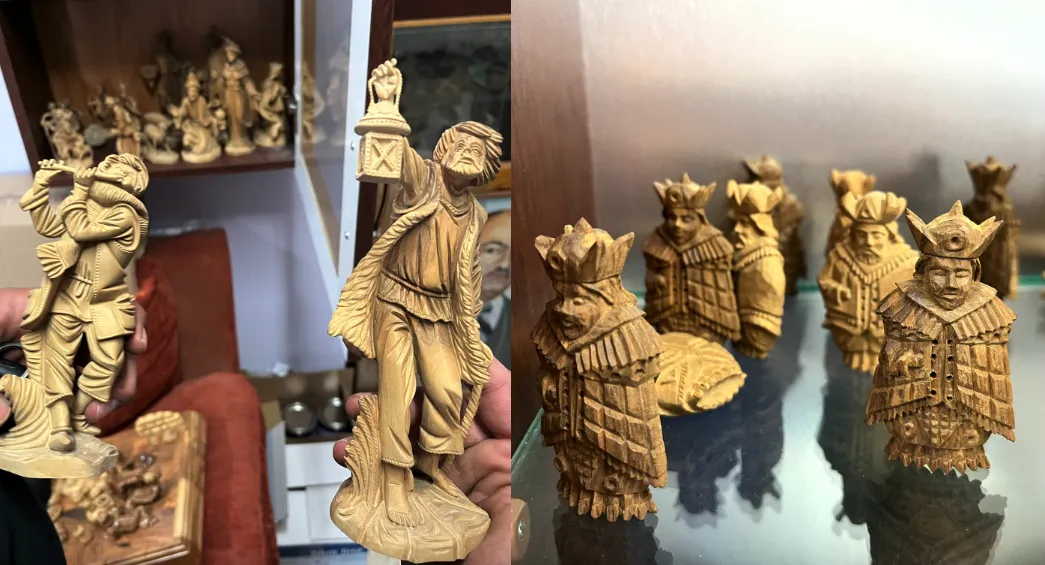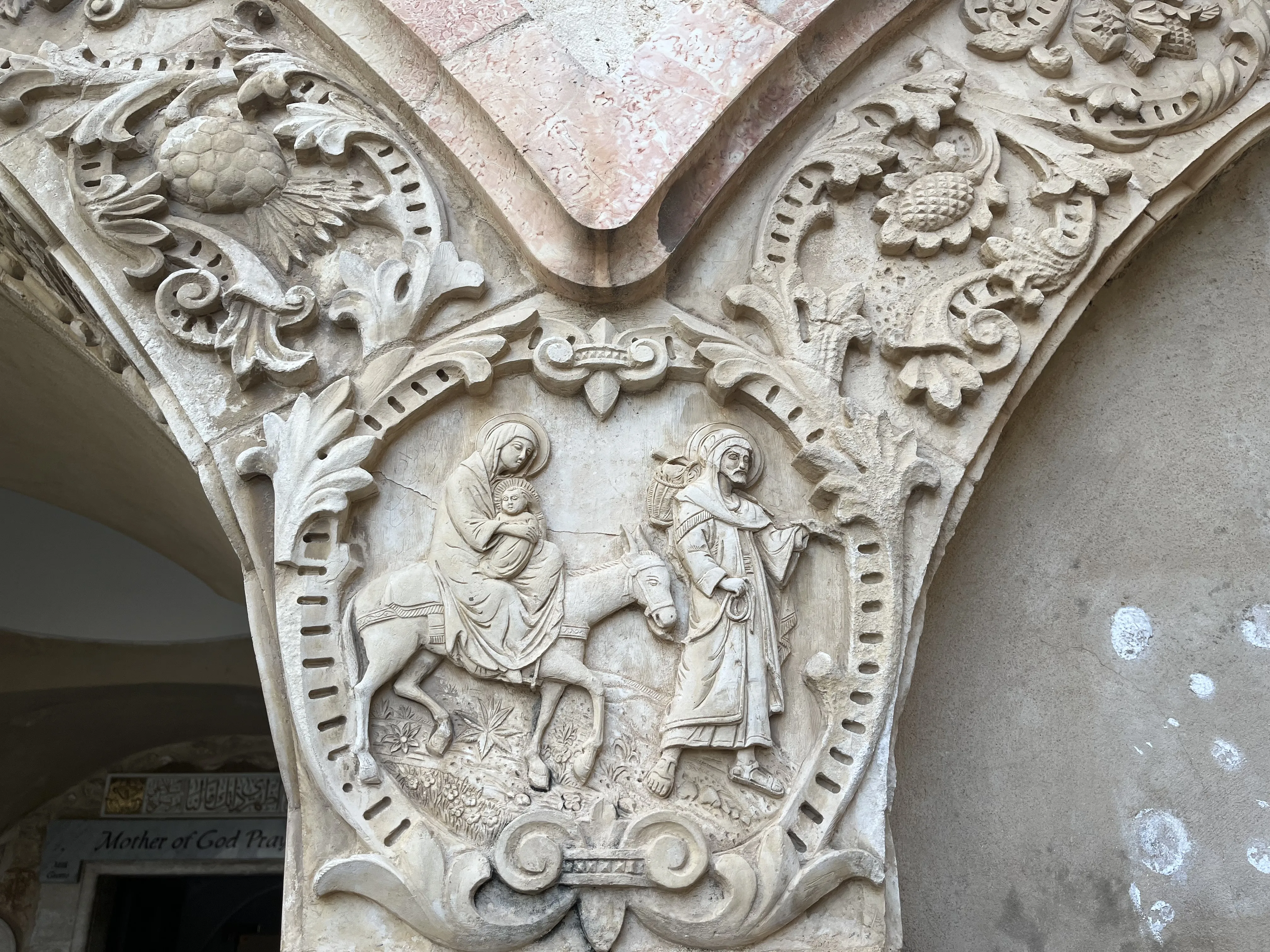
Bethlehem, West Bank, Dec 28, 2022 / 06:00 am (CNA).
Around the corner from the spot where Jesus was born in Bethlehem, a Catholic family runs a small workshop carving Nativity scenes out of olive wood.
The Zakharia Brothers woodworking factory has made handcarved Nativity scenes for popes, prime ministers, and presidents.

Alber Zakharia’s corner office is decorated with photos of famous figures holding his family’s wooden statues, from Pope Benedict XVI to former British Prime Minister Tony Blair.
President Joe Biden also received one of their Nativity scenes from the mayor of Bethlehem during his visit to Palestine earlier this year.
But Zakharia is even more proud to show off the manger scenes that were handcarved by his late father and grandfather for the business that has been in his family for generations

He told CNA that his family arrived in the West Bank town of Bethlehem as refugees from the Arab-Israeli War of 1948.
As Latin Catholics, the Zakharia family are part of a shrinking Christian community in the city of Jesus’ birth.

Christians declined from 84% of Bethlehem’s population in 1922 to 25% in 2007, according to the Palestinian Center for Policy and Survey Research. A 2017 Palestinian Authority survey found that Christians make up just 1% of the population of the West Bank and Gaza Strip with a total population of 46,850.

Inside the workshop, woodworkers labor throughout the year carving Nativity scenes under the gaze of an icon of the Blessed Virgin Mary and the Christ child.
The Zakharia Brothers workshop has also created statues of St. Michael the Archangel, the Last Supper, and Noah’s Ark.

Like many businesses in Bethlehem, the Zakharia Brothers workshop suffered during the COVID-19 pandemic from closures and the total loss of tourism.
As pilgrimages to the Holy Land have finally resumed, local Christian leaders have expressed hope that visitors will support the Christian presence in the region.

“We are thankful that Christians around the world are now returning on pilgrimage to the Holy Land in increasingly greater numbers,” Latin Catholic Patriarch Pierbattista Pizzaballa and other Christians leaders wrote in their 2022 Christmas message.
“We encourage them to not only reverently visit the blessed stones of the holy sites but also to engage and support the ‘living stones’ of the local Christian presence, whose families have helped build and tend those venerable sites across the centuries, down to the present day.”
If you value the news and views Catholic World Report provides, please consider donating to support our efforts. Your contribution will help us continue to make CWR available to all readers worldwide for free, without a subscription. Thank you for your generosity!
Click here for more information on donating to CWR. Click here to sign up for our newsletter.





Leave a Reply